Discovering Surprising Mysteries at Thomas Jefferson’s Estate
Archaeologists have unveiled a new piece of the puzzle surrounding one of America’s predominant historical figures, Thomas Jefferson. Get ready to be wowed by a journey through time and history!
The revelation was the living quarters of Sally Hemings, a slave with whom Jefferson had a relationship and six children. Join us as we dive deep into the world of Hemings and her suitor.
A Hidden Secret Beneath Monticello's Bathroom
For over 70 years, an incredible piece of history was hidden from view, buried beneath a modern-day bathroom at Jefferson’s Monticello home. But thanks to a recent analysis by historians, we now know that the bathroom was hiding Hemings’ living quarters.
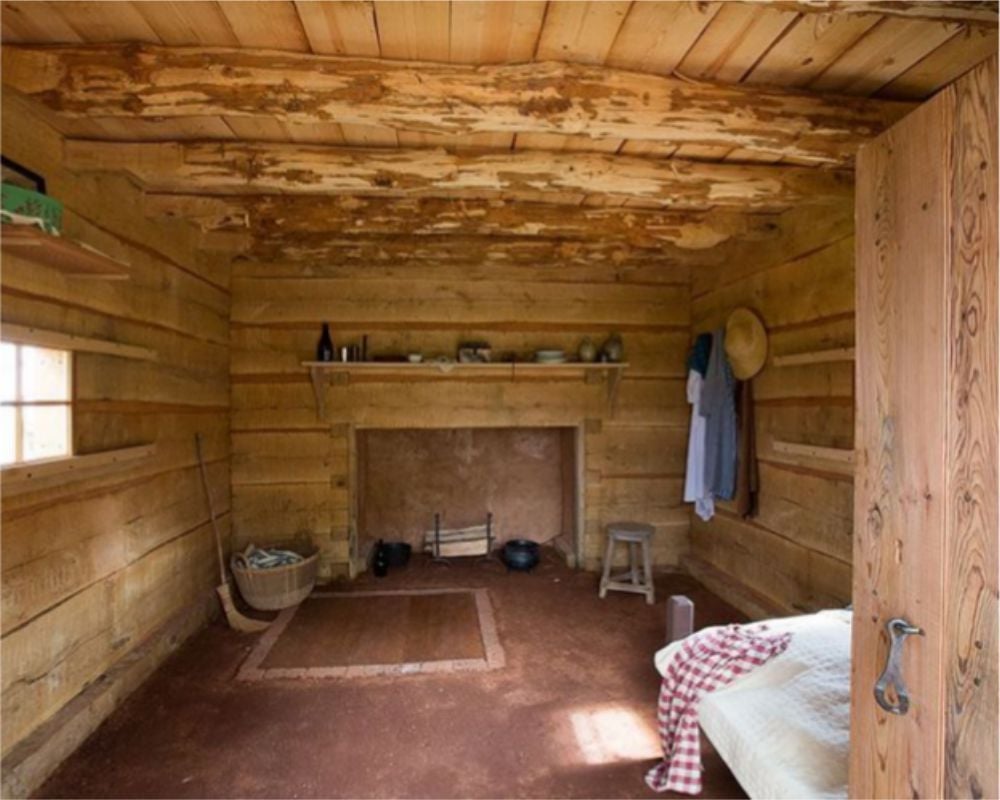
Source: Monticello/Pinterest
Measuring 14 feet high, 13 feet long, and eight inches wide, Hemings’ room was right next to Jefferson’s. It was built in 1809, and it offered a remarkable insight into the intricate relationship between both figures.
A Glimpse into Jefferson's Hidden World
Archaeologists also found a treasure trove of antiques, including a stove structure, brick hearth, fireplace, and the original flooring. These artifacts paint a vivid picture of the world Hemings’ lived in.
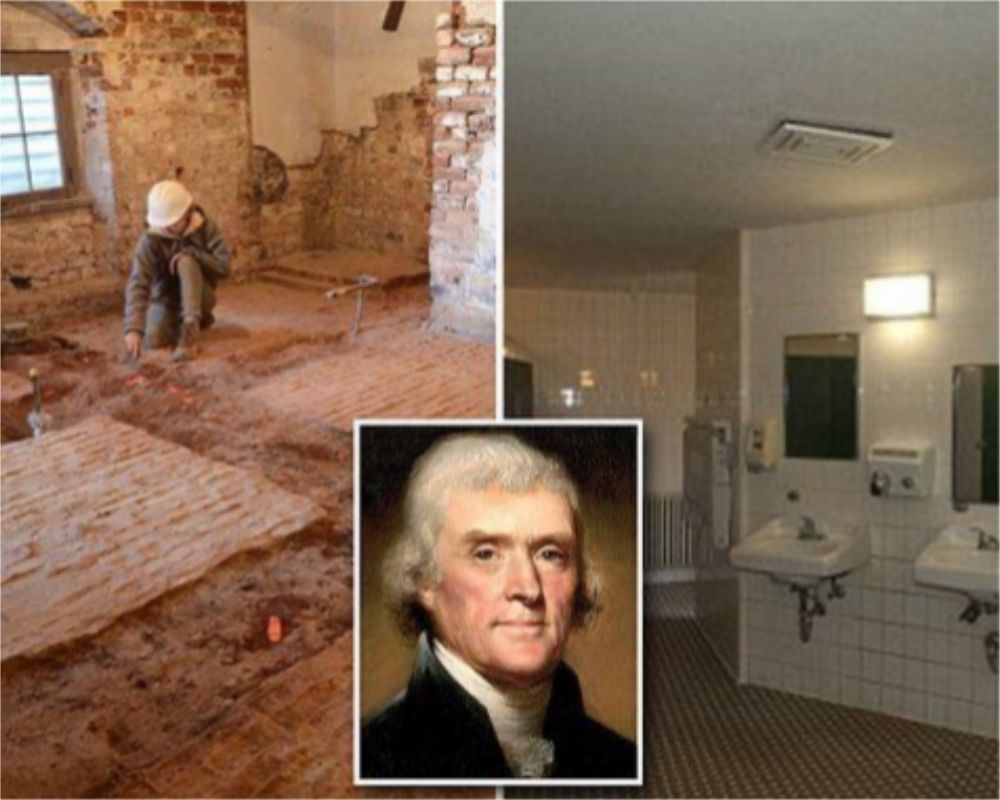
Source: DailyMail/Pinterest
For curious minds and history buffs, this is an unbelievable discovery that sheds more light on a previously hidden piece of American history.
Uncovering the Truth About Sally Hemings
Recently, new disclosures have emerged, shedding light on Hemings’ complex family history. According to her son Madison Hemings, Hemings’s father was John Wayles, Jefferson’s father-in-law.
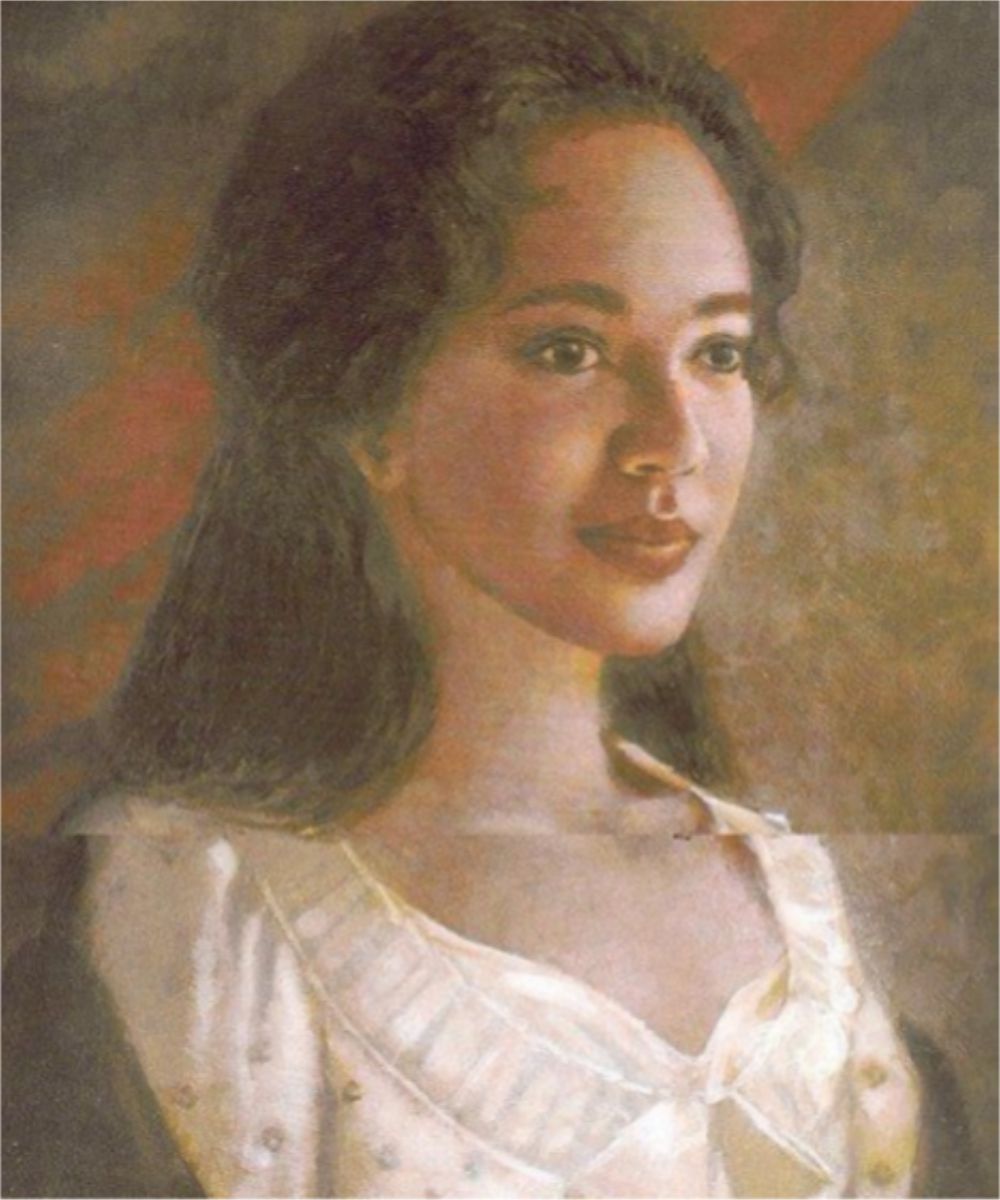
Source: Jennifer Gillespie/Pinterest
This discovery gives us a new perspective on their relationship. Jefferson took Hemings as his inheritance from the Wayles estate in 1774. Two years later, Hemings and her mother, Elizabeth Hemings, arrived at Monticello and became a vital part of Jefferson’s world.
The Truth About Jefferson and Hemings' Children
Hemings is believed to have had six children, all fathered by Jefferson after his wife, Martha Jefferson, died. The children, Beverly, Harriet, Madison, and Eston Hemings, have long been a controversial topic.
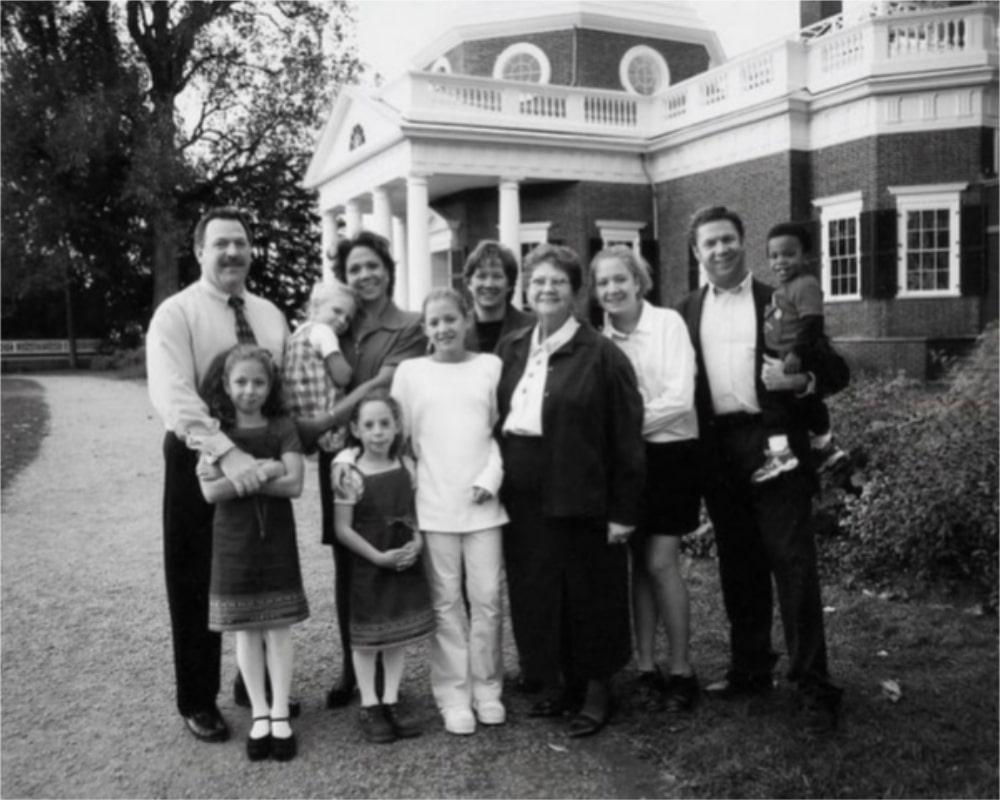
Source: DailyMail/Pinterest
Despite efforts to conceal the truth, political journalist James T. Callendar, Jefferson’s former ally, exposed Jefferson’s relationship with Hemings in an 1802 Richmond newspaper. Thus, we continue to piece together the puzzle of this deeply human story.
The Scandalous Revelation that Shook the Nation
Callender further revealed that Jefferson had a sexual relationship with Hemings, an enslaved woman, who had several children.

Source: Tracy Campbell/Pinterest
Although stories had circulated before, Callendar’s articles spread the rumor far and wide, causing outrage and scandal cross-country. Jefferson’s Federalist opponents took up the story and published it in newspapers throughout his presidency, further fueling the controversy.
The Silent Legacy of Sally Hemings: The Truth Behind Thomas Jefferson's Silence
Despite the shameful revelations of Callender’s article, Jefferson maintained a silent policy, offering no public response to personal attacks.
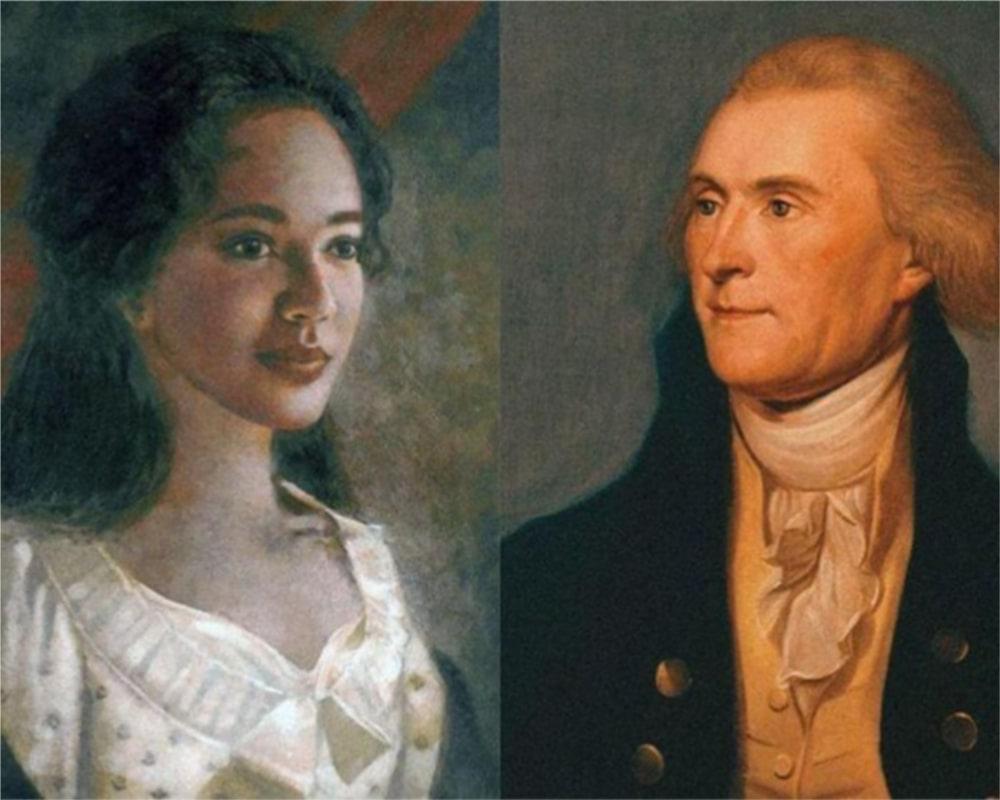
Source: Maylen/Pinterest
With unknown accounts from Hemings and only hints of Jefferson’s thoughts in a private letter, we are left to discover the truth and the role of silence in shaping their story.
A Life Lived in Slavery and Freedom
While Hemings spent most of her life as an enslaved person, in death, she gained her freedom. Following Jefferson’s death, she was allowed to leave Monticello and stay with her sons in Charlottesville.
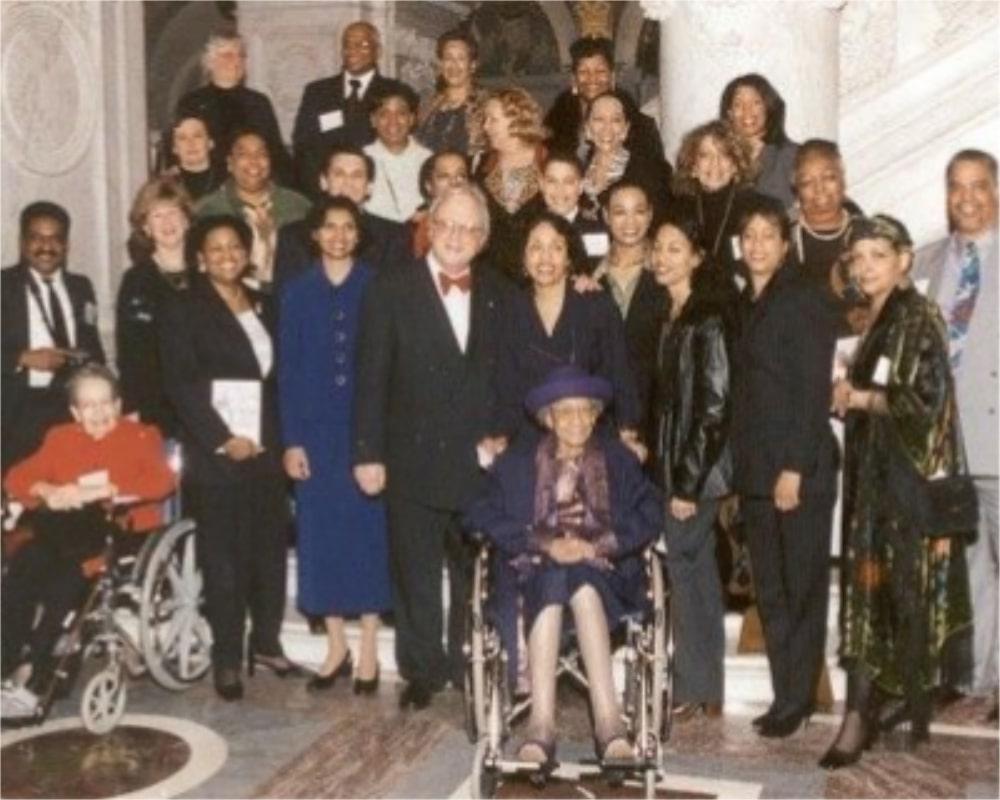
Source: Dawn Ritter/Pinterest
Jefferson enslaved his children until they came of age, at which point he liberated them individually. Through it all, Hemings’ legacy underscores the complex and painful history of American slavery.
Thomas Jefferson's Plantation Home
Thomas Jefferson outlined the Declaration of Independence and became the third president of the United States. Recently, Gardiner Hallock, the director of restoration for the Monticello plantation, clarified to NBC News.
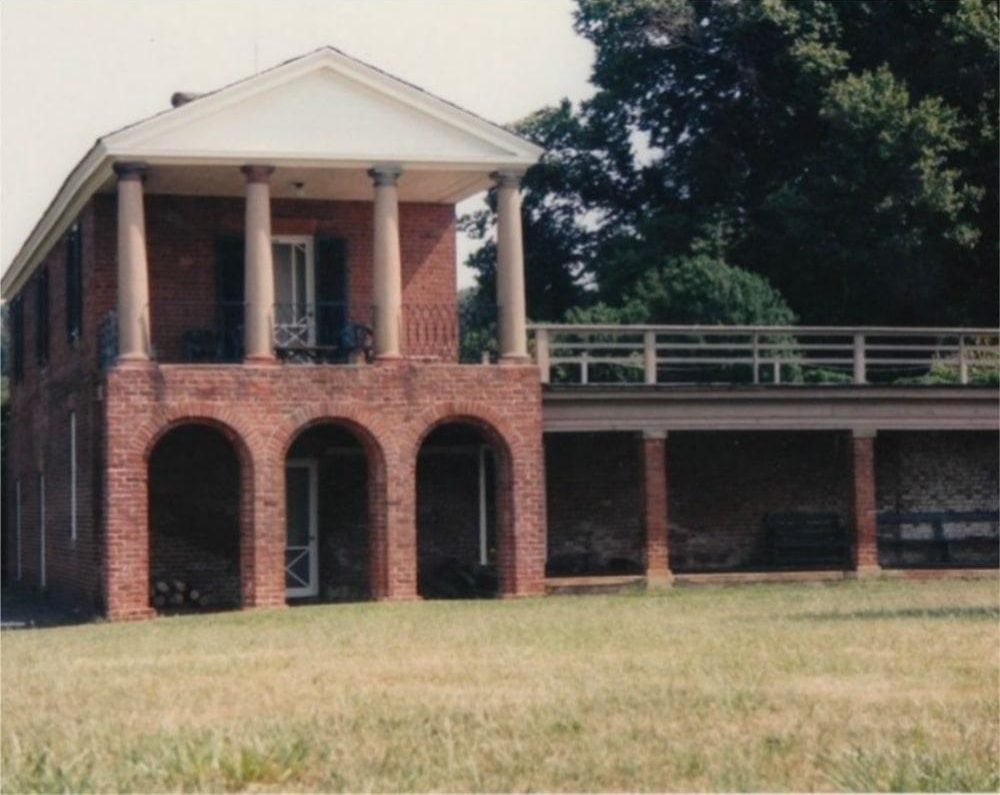
Source: Christine Franck/Flickr
He stated that these discoveries shed light on a painful and often neglected chapter in American history. He also noted how the revelation gives us a deeper understanding of how the legacy of slavery keeps shaping society today.
A Glimpse Into the Life of an Enslaved Mother
Hallock noted Hemings lived a moderately better lifestyle than other enslaved people on the plantation. Nonetheless, her small and windowless room would have been dark and damp.

Source: Pinterest
Hallock also pointed out it is likely that some of Hemings’ children were born there. This discovery offers a glimpse into the life of an enslaved mother, deprived of basic human rights and forced to endure hardship.
The Mysterious Sally Heming
Despite limited accounts of Sally Hemings, Issac Granger Jefferson, an enslaved blacksmith, described her as a gorgeous woman with long straight hair down her back. Recently, historians dug up an illustration of Hemings’ room by one of Jefferson’s grandsons to help pinpoint it in the house’s South Wing on the plantation.
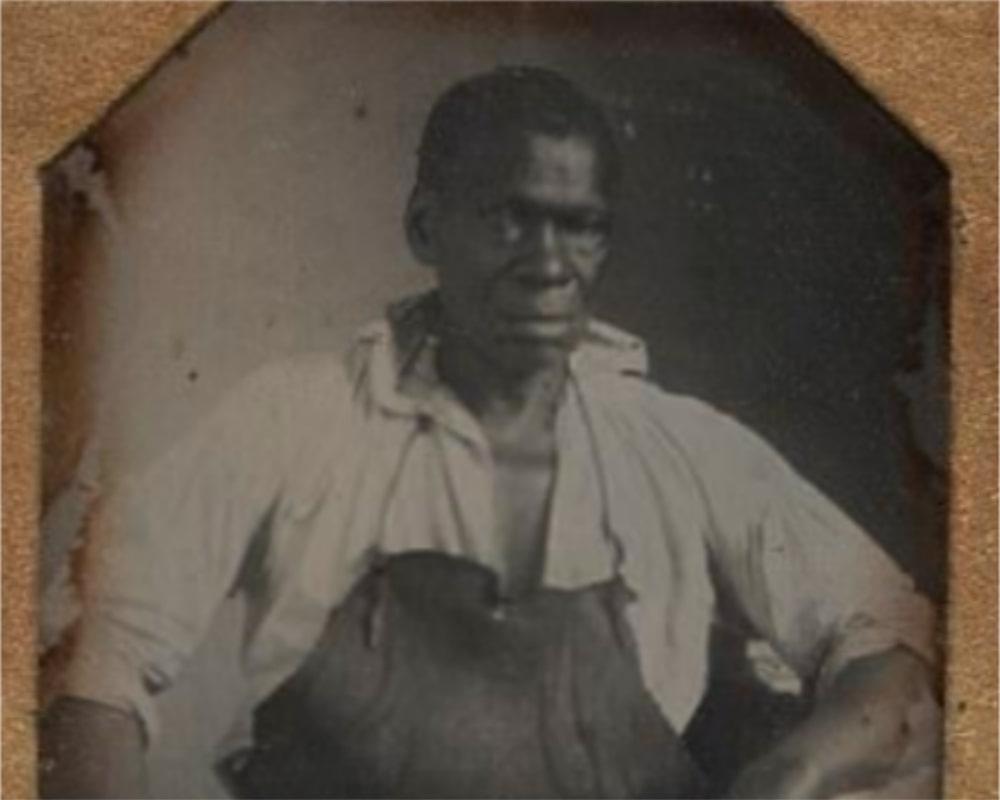
Source: DailyMail/Pinterest
Following this discovery, archaeologists dug up the area, bringing insight into her living conditions. Although this sheds more light on Heming’s life, her true story remains an enigma due to a lack of primary sources.
Rediscovering History: Inside the Restored Room of Sally Hemings
Fraser Neiman, the director of archaeology at the Monticello home, made a discovery when he dug up Hemings’ room.
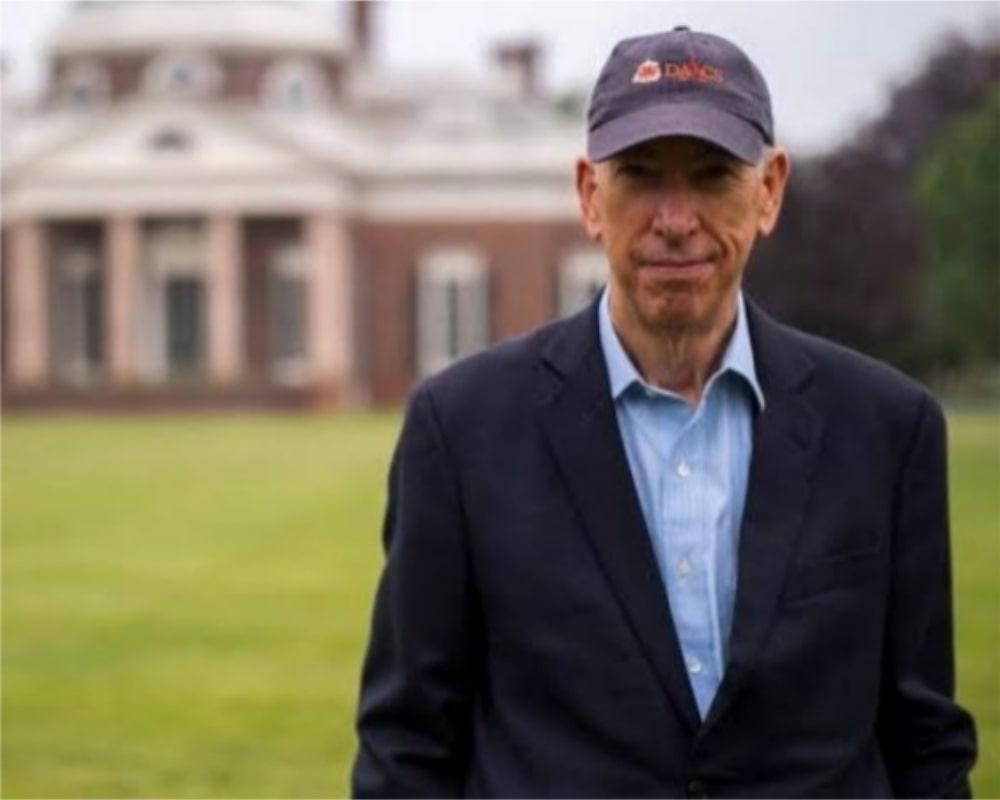
Source: Thomas Jefferson/YouTube
He found a brick hearth and fireplace, a stove structure, and the initial flooring. Hemings’ quarters are being restored and will soon open for public viewing.
Hemings and Jefferson's Descendant Shares Mixed Feelings About Ancestry
Gayle Jessup White, Monticello’s Community Engagement Officer, is a descendant of both families. Hemings was White’s great-great-great-great aunt. White first learned about her heritage as a child.

Source: The 700 Club/YouTube
While being proud of her ancestry, White has mixed feelings about it, as it depicts the legacy of slavery and the exploitation of her ancestors.
From Descendant to Advocate
White’s heritage knowledge has shaped her views on Monticello and its history. She informed NBC News that, as an African American descendant, she has mixed feelings. “Thomas Jefferson was a slaveholder,” she said.

Source: Trend Chaser/Pinterest
She offered the complex history is why the local African American community refuses to embrace Monticello. However, through her ongoing efforts, she hopes to highlight Jefferson’s and the enslaved peoples’ stories.
Monticello Mountaintop Project Restores History for Future Generations
The Monticello’s Mountaintop Project is a $35-million restoration initiative. It aims to restore Thomas Jefferson’s legacy and the lives of the enslaved individuals who lived on the property.
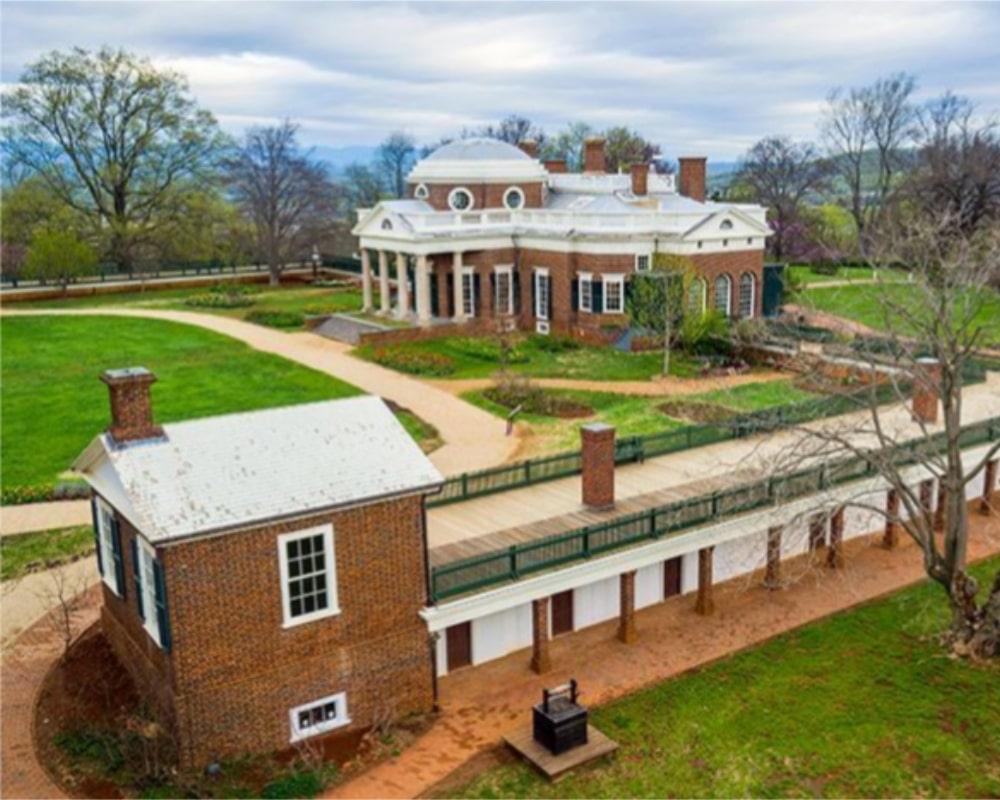
Source: Thomas Jefferson/Pinterest
Part of this effort is to restore Hemings’ quarters to its initial state and include it in public tours. The project is a significant milestone in promoting awareness of America’s past, preserving history, and allowing future generations to learn about the stories.
Monticello Restoration Effort Sheds Light on Enslaved Peoples' Experiences
Tours of the home now focus on the enslaved experience, with an explicit Hemings family tour. The restoration project also included the unveiling of Mulberry Row in 2015, which mended two slave-related buildings, an iron storehouse, and the Hemings cabin.
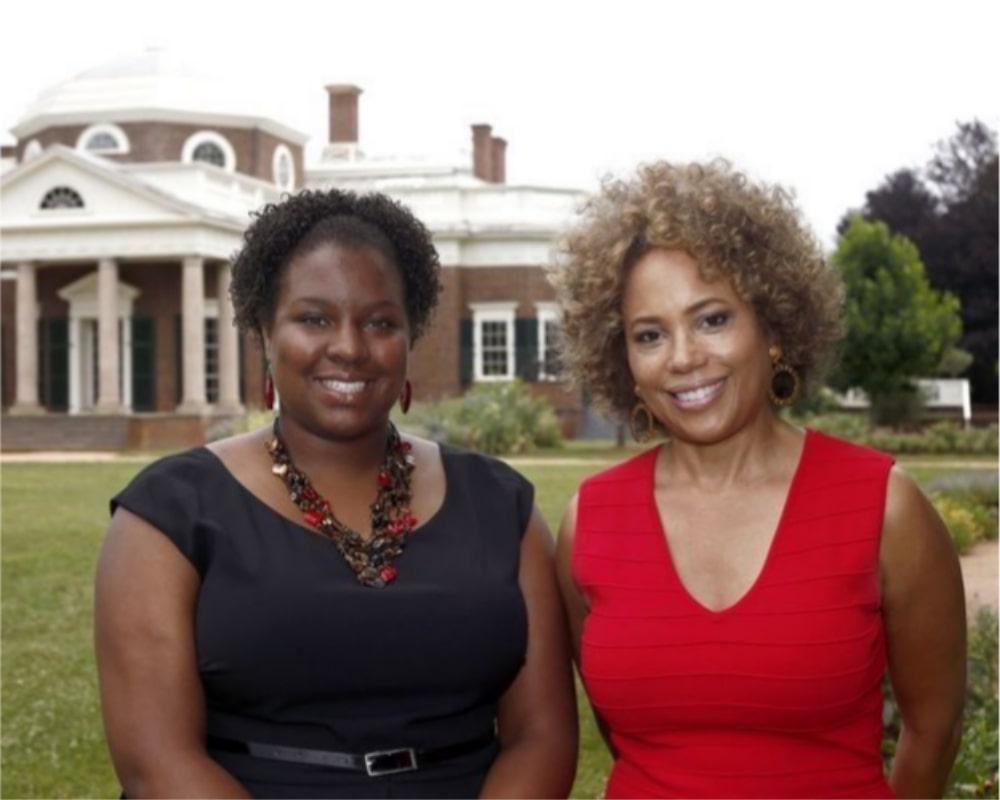
Source: Beth Tucker/Pinterest
Over 100 defendants of enslaved families partook in a memorial tree-planting ceremony to honor the restored buildings. With these efforts, Monticello sheds light on the vital but often overlooked stories of enslaved people.
The Paradoxical Legacy of Thomas Jefferson
Despite being a founding father who championed equality, Jefferson kept Hemings captive for years and fathered six children with her. Although he freed his children upon adulthood, Hemings remained in bondage until her death.
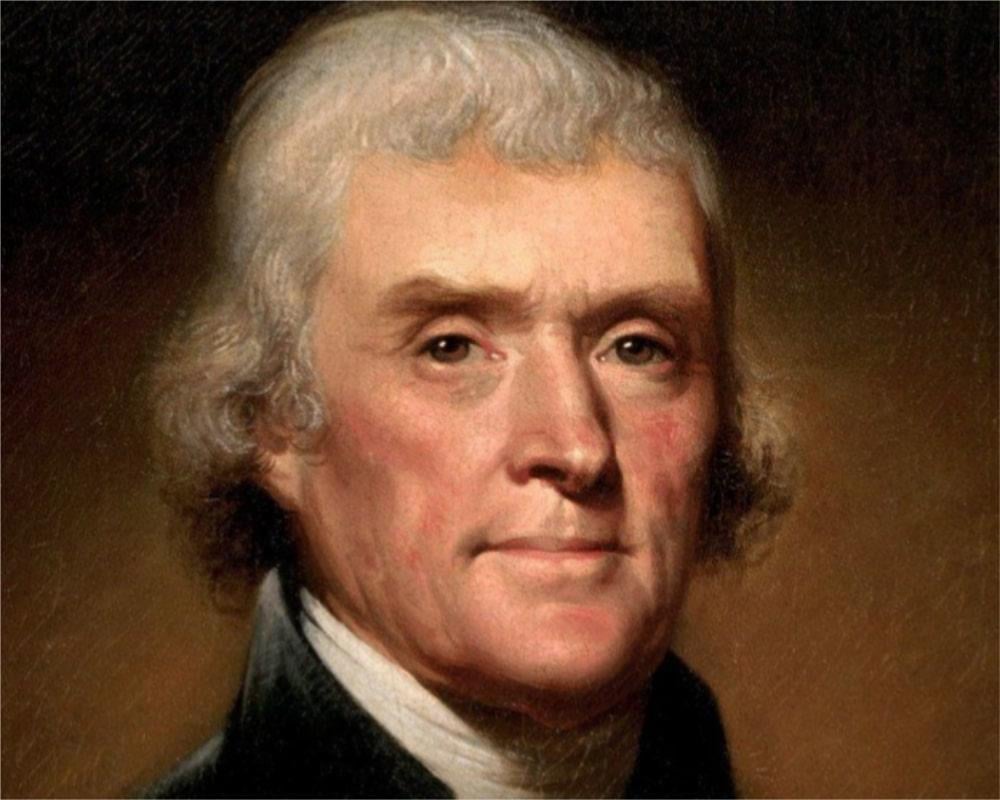
Source: Only in your state/Pinterest
Critics and scholars continue to wrestle with Jefferson’s complex legacy, trying to reconcile his enlightened ideals with his actions. The lack of a written account from Hemings adds more complication to the story, leaving us to assume the nature of their relationship and the true Jefferson. It is noteworthy that he mentioned Hemings occasionally in his writings, but not in a way that sets her apart from the rest of his family.
The Amazing Life and Legacy of Sally Hemings
Sally Hemings, born in 1773, served as a nursemaid to Thomas Jefferson’s children alongside his wife Martha at the Monticello plantation.
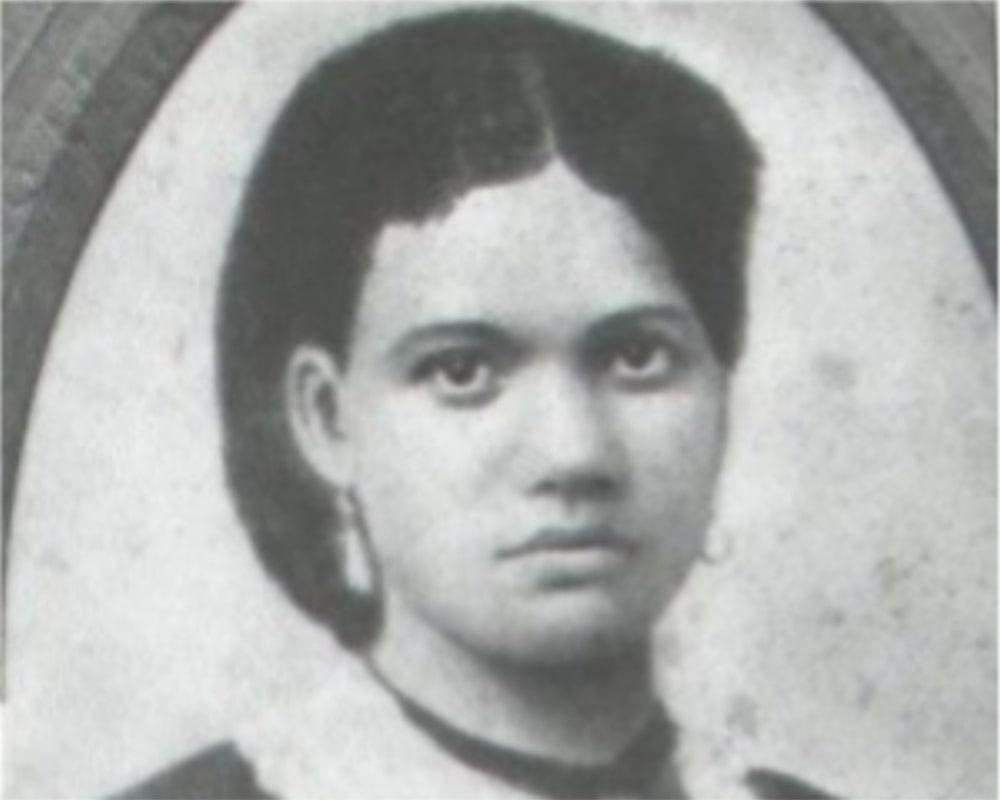
Source:Being Biracial/Pinterest
After Martha died in 1782, Jefferson is thought to have started the relationship with Hemings, which lasted until he died in 1826. Hemings’ life and relationship with Jefferson have been a subject of much fascination and controversy, with scholars seeking to understand her legacy’s conflicting narratives.
The 'Love Story' That Sparked Outrage
A new book, titled Thomas Jefferson Dreams of Sally Hemings, has created much backlash because it portrays their relationship as a love story.
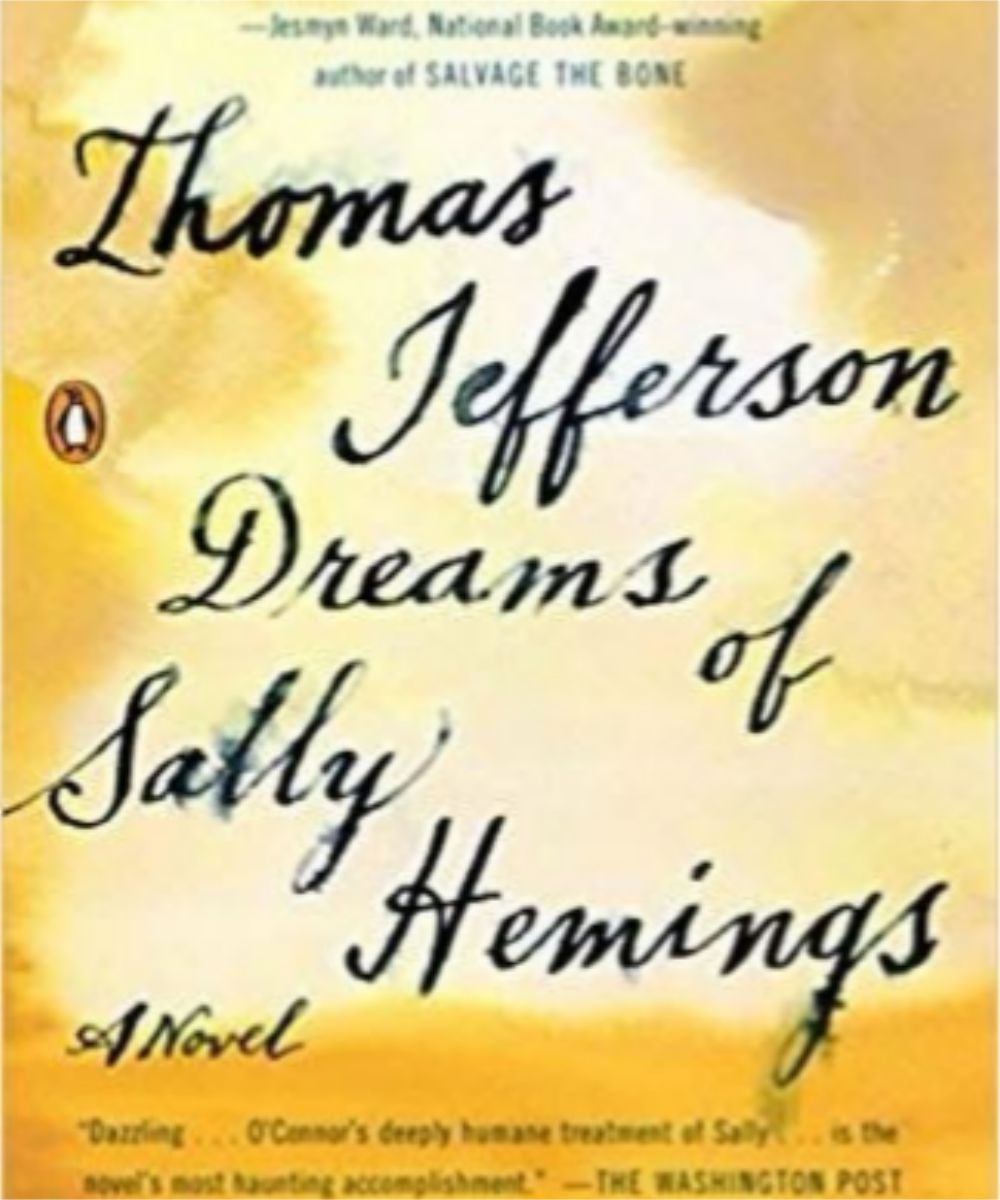
Source: Amazon/Pinterest
However, critics argue that the book glorifies rape since Hemings was a slave, and it is unthinkable for her to consent to such a relationship. While little is known about the actual details of their relationship, it is widely accepted that Hemings was enslaved and that Jefferson held power over her.
Controversy Encircles New Book on Thomas Jefferson and Sally Hemings
As a result of the outrage, author Stephen O’Connor has received praise and backlash. In the book, O’Connor imagines Hemings approving of the relationship, exploring the complicated dynamic between the two.

Source: Wikipedia
However, a passage in the book in which Hemings speaks to Jefferson intimately was quoted by NPR, and has sparked more outrage on Twitter.
